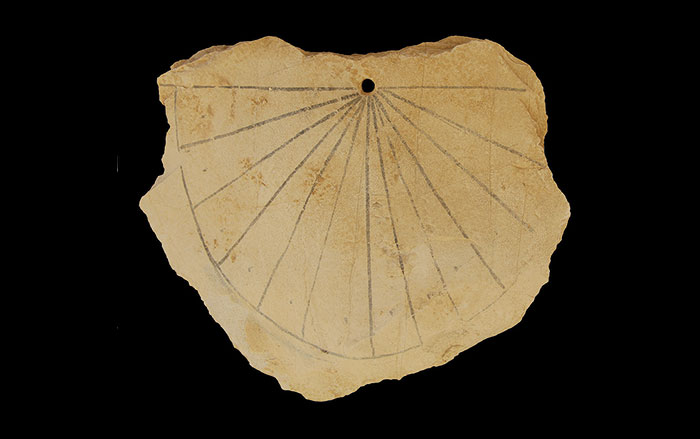
SOUTHAMPTON, ENGLAND—Karen Ruebens of the Center for the Archaeology of Human Origins at the University of Southampton has examined Neanderthal tools from northern Europe, and has recognized two hand-ax traditions—one from southwestern France and Britain, and the other from Germany and areas to the east. The distinct styles indicate that knowledge was passed from generation to generation. She found a transition between the two styles in the central area covering Belgium and the Netherlands. “The transition zone in Belgium and Northern France indicates contact between the different groups of Neanderthals, which is generally difficult to identify but has been much talked about, especially in relation to later contacts with groups of modern humans,” she said.











